Blockchain is an innovative technology based on the principles of decentralization and transparency.Decentralizationmeans that management and storage of data is distributed among many network participants, rather than concentrated in the hands of one central authority. This makes the blockchain resistant to external influences and manipulation. Transparency means that all transactions and data recorded in blocks are available for viewing by any user, which creates trust and openness of the system.
However, despite the availability of data, its structure can be difficult for the average user to understand. To solve this problem, there are blockchain explorers – special tools that allow users to easily track transactions, check the state of blocks, and find the necessary information in public blockchain networks. These services simplify interaction with the blockchain, making the data accessible and convenient for analysis.
What are blockchain explorers?
Blockchain explorers are web tools or applications that allow users to monitor blocks, transactions, and addresses in blockchain networks in real time. These services make information about the state of the blockchain available to all network participants, providing the ability to analyze transactions, verify blocks, and obtain address balance data. The main purpose of blockchain explorers is to simplify access to information stored in the distributed ledger and make working with the blockchain transparent and convenient.
Examples of popular browsers include:

- Etherscan is a blockchain explorer for the Ethereum network that allows you to track transactions, smart contracts, and addresses. With support for Ethereum functionality, Etherscan provides information about interactions with decentralized applications (dApps) and ERC-20 tokens.
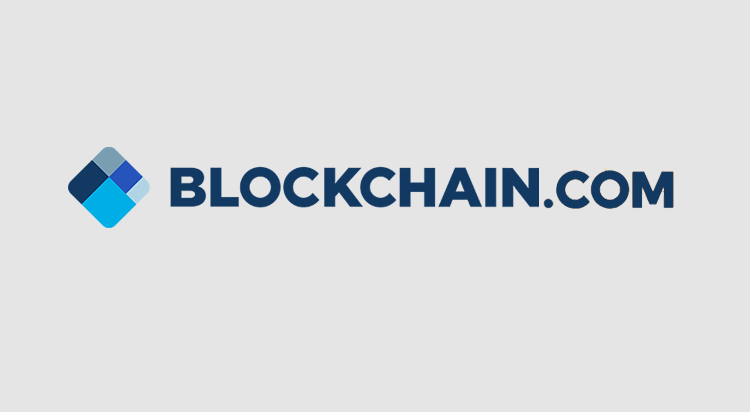
- Blockchain.info is one of the most popular explorers for the Bitcoin network . It allows users to easily track the status of transactions, blocks, and addresses, as well as provide information on confirmation times and transaction fees.

- BscScan is a Binance Smart Chain explorer that supports monitoring transactions, smart contracts, and decentralized applications on the platform. BscScan is tailored to the BSC network’s features, such as low fees and fast transaction confirmation times.
Each of these explorers is tailored to a specific blockchain network, taking into account its unique features. For example, Etherscan provides advanced features for working with smart contracts on the Ethereum network, while Blockchain.info focuses on the simplicity and efficiency of working with Bitcoin. This makes each explorer a convenient and effective tool for users working on different blockchain networks.
Who needs block explorers?
Block explorers are in demand by different categories of users, each of whom uses them for their own purposes. These web tools or applications provide access to data about blocks, transactions, and addresses, allowing for deeper interaction with blockchain networks. Let’s consider who and how block explorers can be useful.
Developers

Developers of blockchain applications and smart contracts use explorers to test and verify the correctness of their programs. With these tools, they can monitor smart contract calls, check the execution of operations, and analyze possible errors in the code, which helps ensure the reliability and security of their products.
Miners

For miners, blockchain explorers play an important role in monitoring blocks and hashrate (computing power). They use them to track the state of the network, find new blocks, and get information about mining rewards. This helps optimize work and respond to changes in the network in a timely manner.
Analysts

For analysts, blockchain explorers are a powerful tool for monitoring network activity, analyzing transactions, and researching wallet activity. They can use this data to assess the health of the network, identify large transactions, or track trends, which is important for market and financial research.
Regular users

Block explorers are useful for anyone making transactions on the blockchain. They allow users to check the status of their transactions using the TXID (transaction identifier). For example, by entering the TXID into the explorer, you can see whether the transaction has been confirmed and how many confirmations it has received, which helps to ensure that it has been completed.
Blockchain Explorer Usage Example
If a user has sent cryptocurrency, they can enter the transaction ID (TXID) into a blockchain explorer to see if the transaction was successful, how many blocks confirmed it, and what the fee was for the transfer. This is especially important for tracking the status in cases of delays or suspected problems.
Blockchain explorers are thus an indispensable tool for both technical specialists and ordinary users, providing everyone with the necessary information to work with decentralized networks.
Key Features and Indicators of Blockchain Explorers
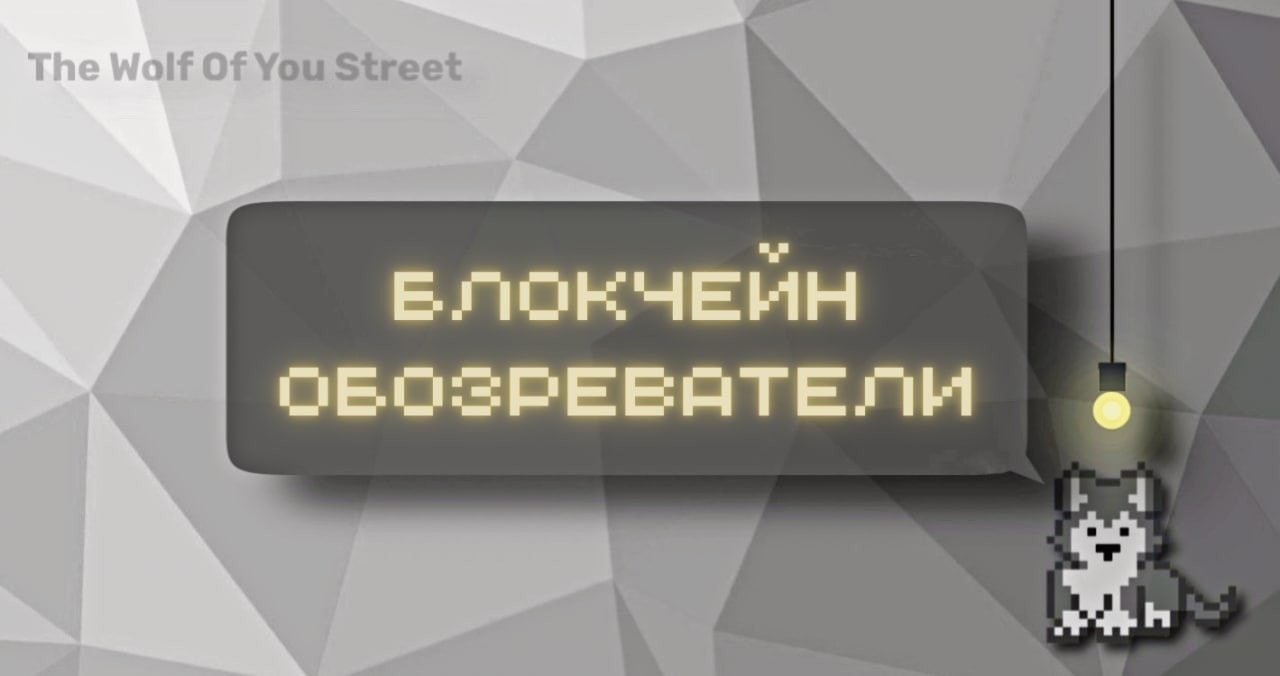
Blockchain explorers are powerful tools that provide users with access to key information about blockchain networks and their operations. The main features and metrics of these explorers help analyze transactions, blocks, and network parameters. Let’s look at the main features and metrics that can be monitored using blockchain explorers.
Transaction statuses in the blockchain

Blockchain explorers display the status of each transaction, helping users track its progress:
- Confirmed transactions are those that were included in a block and received the necessary confirmations from the network.
- Pending transactions are transactions that have been sent to the network but have not yet been included in a block. These transactions are in the mempool and are waiting to be confirmed.
- Rejected transactions are transactions that for some reason were not confirmed, possibly due to insufficient fees or other errors.
Key transaction indicators

Explorers provide detailed transaction information, including:
- Transaction fees : Every transaction on the blockchain requires a fee to be included in a block. Explorers show how much the sender paid and how it compares to current market conditions.
- Number of confirmations : This number shows how many blocks have been added since the block containing your transaction. The more confirmations, the more certain you are that your transaction is irreversible.
- Transaction Hash – The hash is a unique identifier for a transaction that can be used to find and view all transaction details in the explorer.
Display full information about blocks

Block explorers also provide complete information about each block in the chain, including:
- Block height . This is the sequential number of the block in the chain. The block height shows how deep the block is in the chain of blocks.
- Block creation time : This metric indicates the exact time when a block was added to the blockchain.
- Number of transactions in a block : Explorers display the number of transactions that were included in a specific block, allowing you to analyze the current network load.
Useful Network Metrics

Blockchain explorers offer analytics that help assess the health of the entire network:
- Network Difficulty : This metric indicates how difficult it is for miners to find a new block. The higher the difficulty, the more computing resources are required to add a block to the chain.
- Hashrate . Hashrate shows the total power of computing devices working in the network to find a new block. The higher the hashrate, the more secure the network.
- Transfer Volumes – This metric displays the number and total volume of assets transferred on the network over a given period of time, which can be used to analyze user activity.
With these features and metrics, blockchain explorers help users gain a deeper understanding of the processes occurring in blockchain networks, as well as track and analyze transactions and blocks in real-time.
Using Block Explorers in Analytics
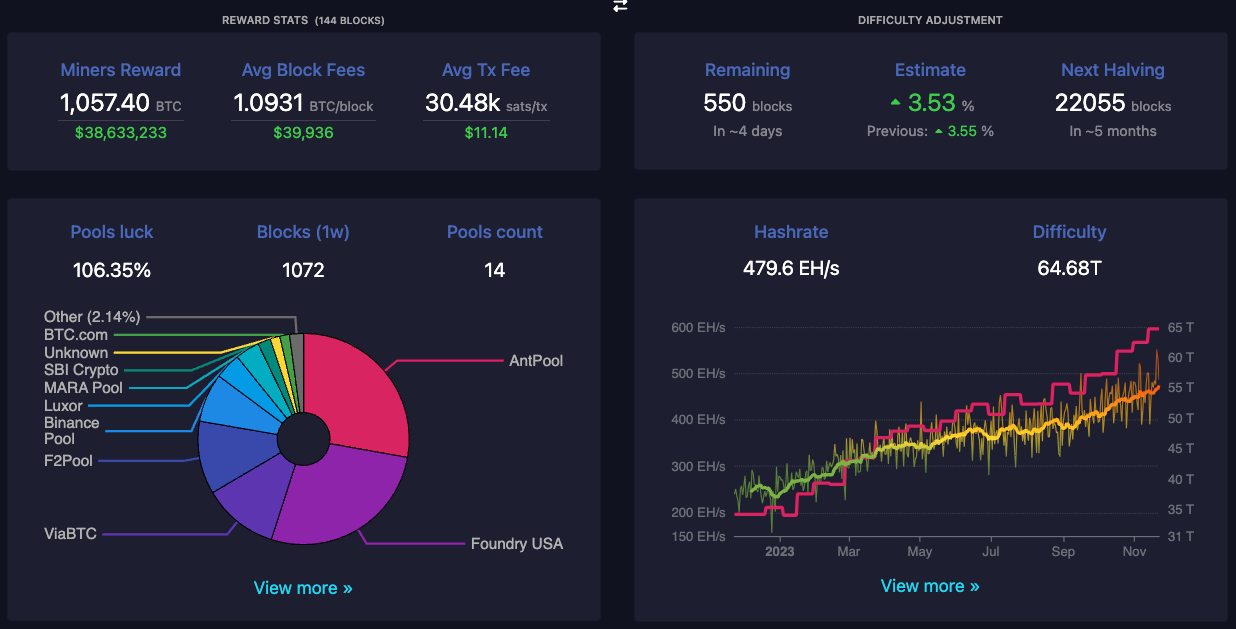
Block explorers play an important role in blockchain network analytics, providing powerful tools for tracking and analyzing transactions, especially those associated with large asset holders known as “whales.”
These tools enable analysts to better understand market participants’ behavior and predict trends.
Ability to track the transaction of “whales”
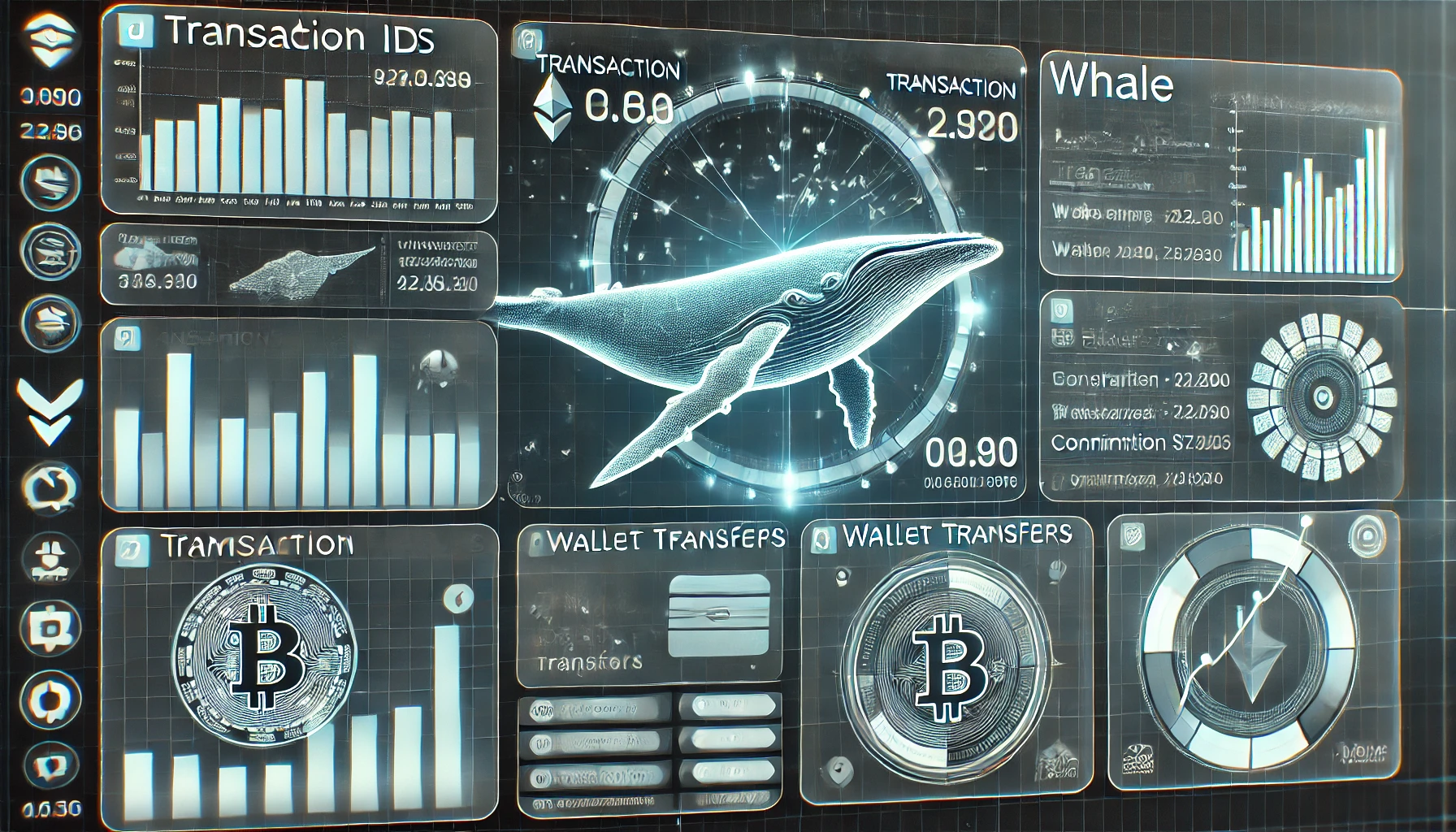
One of the key capabilities of blockchain explorers is tracking the activity of large cryptocurrency holders.
Transactions by “whales” – large asset owners moving large amounts of cryptocurrency – can significantly influence market sentiment.
When these large players move their holdings to exchanges, it can indicate an intention to sell, which is often accompanied by a decline in market prices. By analyzing such movements, analysts can predict potential changes in the rate and investor sentiment.
Analysis of activity of large addresses

Block explorers allow you to track the growth dynamics of assets on large addresses, as well as the frequency and volume of their transactions.
For example, if a large address gradually accumulates assets, this may indicate a long-term investment strategy.
At the same time, frequent and large transactions can signal high trading activity or preparation for significant changes in the network. By analyzing this data, analysts can evaluate the strategy of large players and predict possible consequences for the market.
Analysis of token flows such as Bitcoin, Etherium and others between exchanges
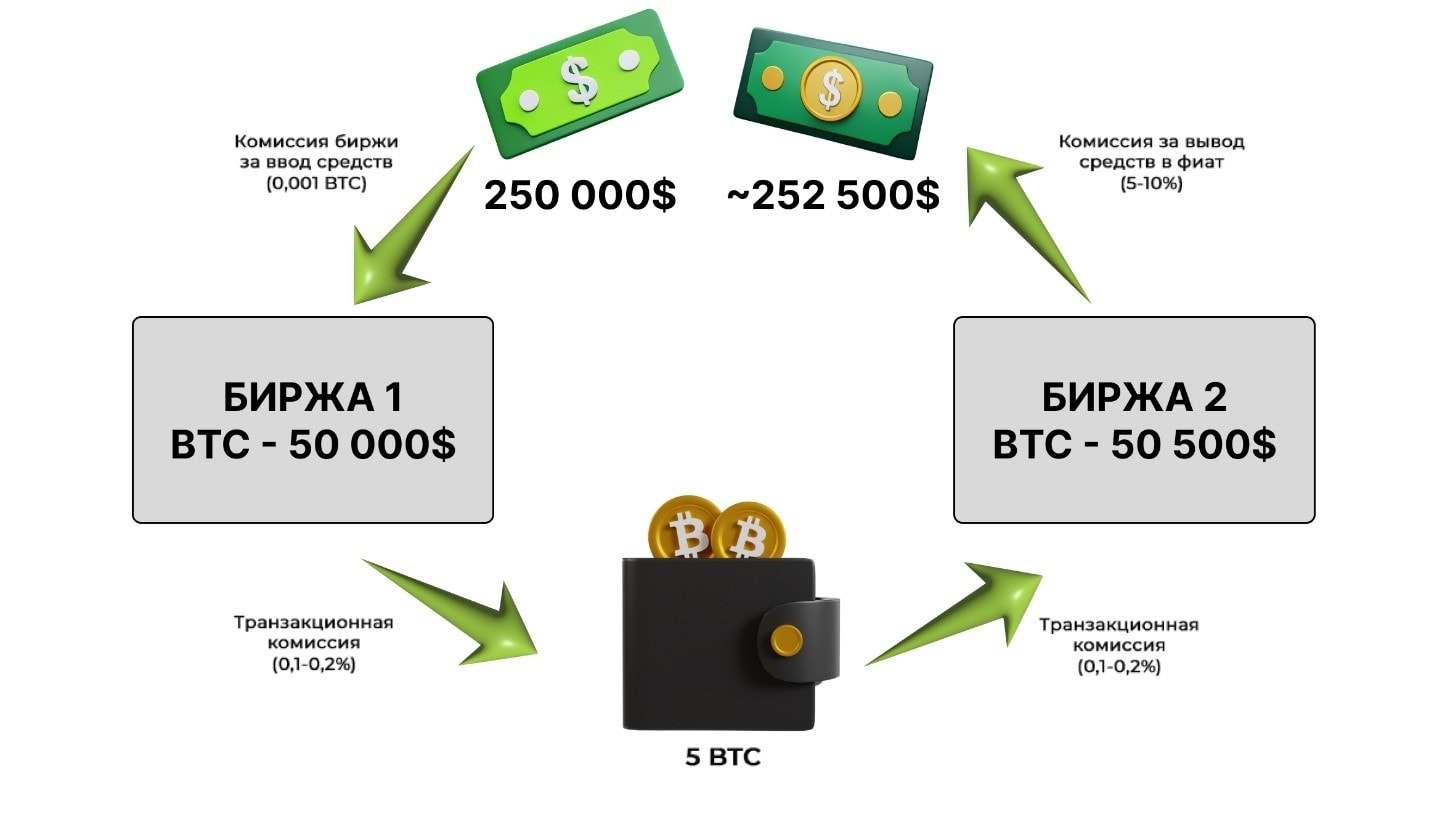
One popular use of blockchain explorers in analytics is to track token flows between exchanges. When large amounts of money are transferred from private wallets to exchange platforms, this can signal upcoming sales, which puts pressure on the price of the asset.
Conversely, when large amounts are withdrawn from exchanges, this may indicate that owners are moving assets into long-term storage, which can lead to a decrease in liquidity in the market and, as a result, to higher prices.
An example of such analysis would be tracking the flow of Ethereum tokens between major exchanges and private wallets. If there is a significant outflow of funds from exchanges to private addresses, analysts can assume that investors intend to keep assets outside of trading platforms, which could affect the price of the asset.
Thus, blockchain explorers provide analysts with valuable data to study the activity of major players and cryptocurrency flows, which helps to more accurately assess market trends and predict changes in crypto asset prices.
The Future of Blockchain Explorers

The future of blockchain explorers is closely tied to the development of blockchain technology itself. As blockchains become more complex and more widely adopted, we can expect significant improvements in explorer interfaces.
These tools will become more intuitive, offering users new features for deep data analysis, such as advanced visualizations, customizable analytical reports, and integration with other tools. This will allow both professionals and regular users to better understand the dynamics of the blockchain, analyze smart contracts, and monitor the network with high accuracy.
Additionally, blockchain explorers play a key role in ensuring decentralization. They provide open access to network data, which is important for maintaining transparency and trust among users.

In decentralized systems where there are no central authorities, observers are an important tool for self-monitoring and verification of information. They allow users to independently verify transactions, blocks, and network status, which increases the overall security and openness of blockchain systems.
In the future, we can expect blockchain explorers to continue to evolve to meet the demands of more complex decentralized ecosystems. This will not only maintain transparency and accessibility, but also strengthen decentralization by allowing every user to interact with the network at a high level.
In conclusion
Blockchain explorers play an important role in maintaining transparency and trust in blockchain networks. These tools allow anyone to check transactions, block status, and network dynamics in real time, creating an open and accountable environment. Explorers not only allow for data analysis, but also build confidence in the reliability of the system, especially in environments where there is no centralized control.
They are also a key element of decentralization, providing all network participants with equal access to information. This promotes transparency and allows each user to independently verify and analyze data, increasing the security and stability of blockchains. As blockchain technologies rapidly develop, observers will continue to play an important role in maintaining openness and accessibility of information for everyone.
Автор Alex Smith
Has professional training in microelectronics and hardware programming, as well as over 30 years of experience working with data processing and transmission systems, including cryptocurrency mining equipment. When preparing materials for blog readers, BuyCrypt successfully applies its extensive technical background to convey the meaning of materials from the sources used as accurately as possible.
